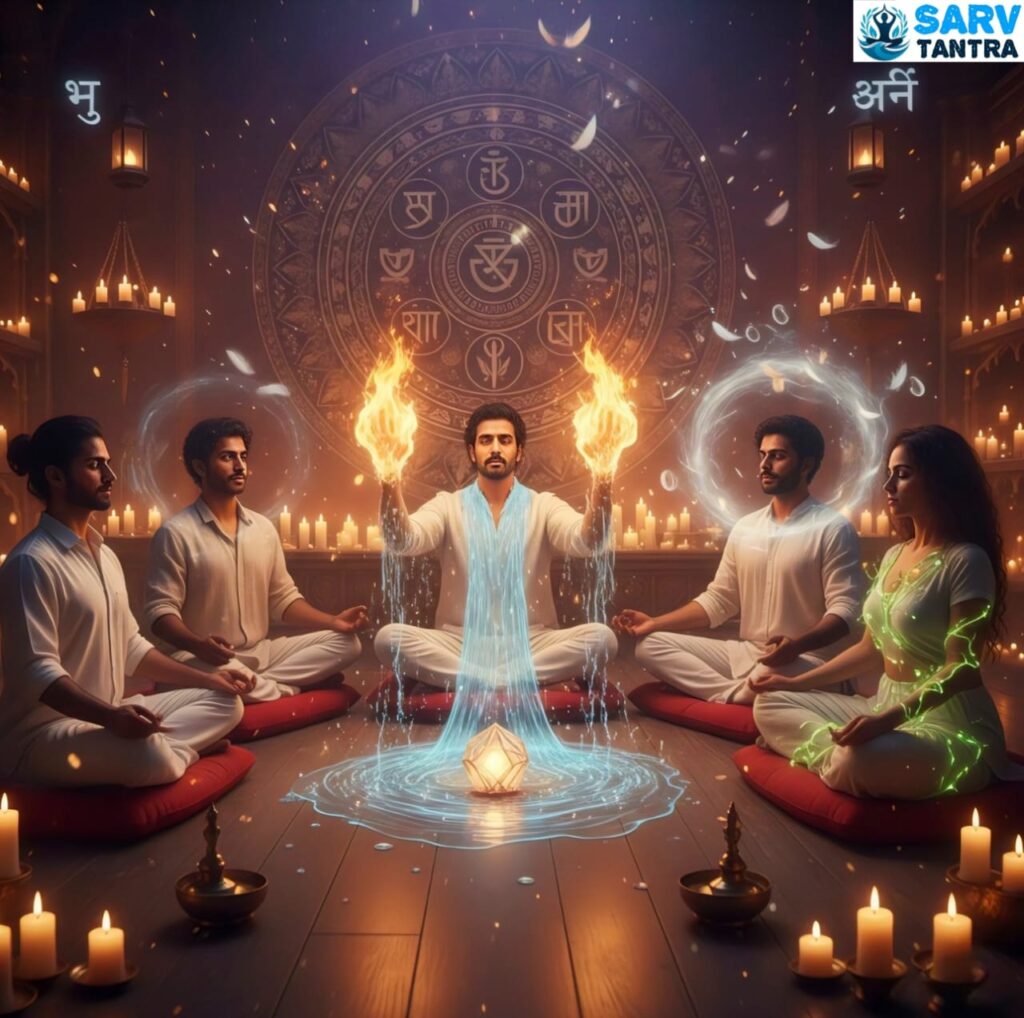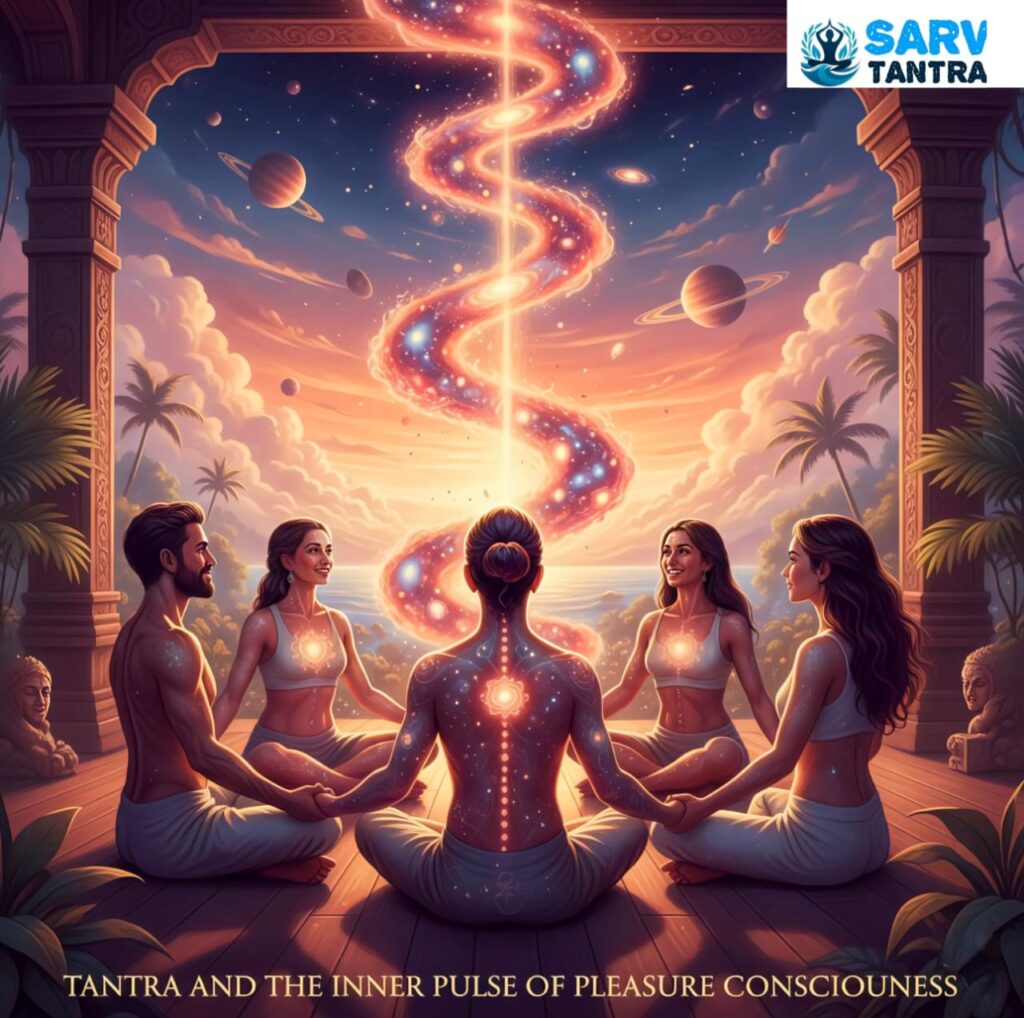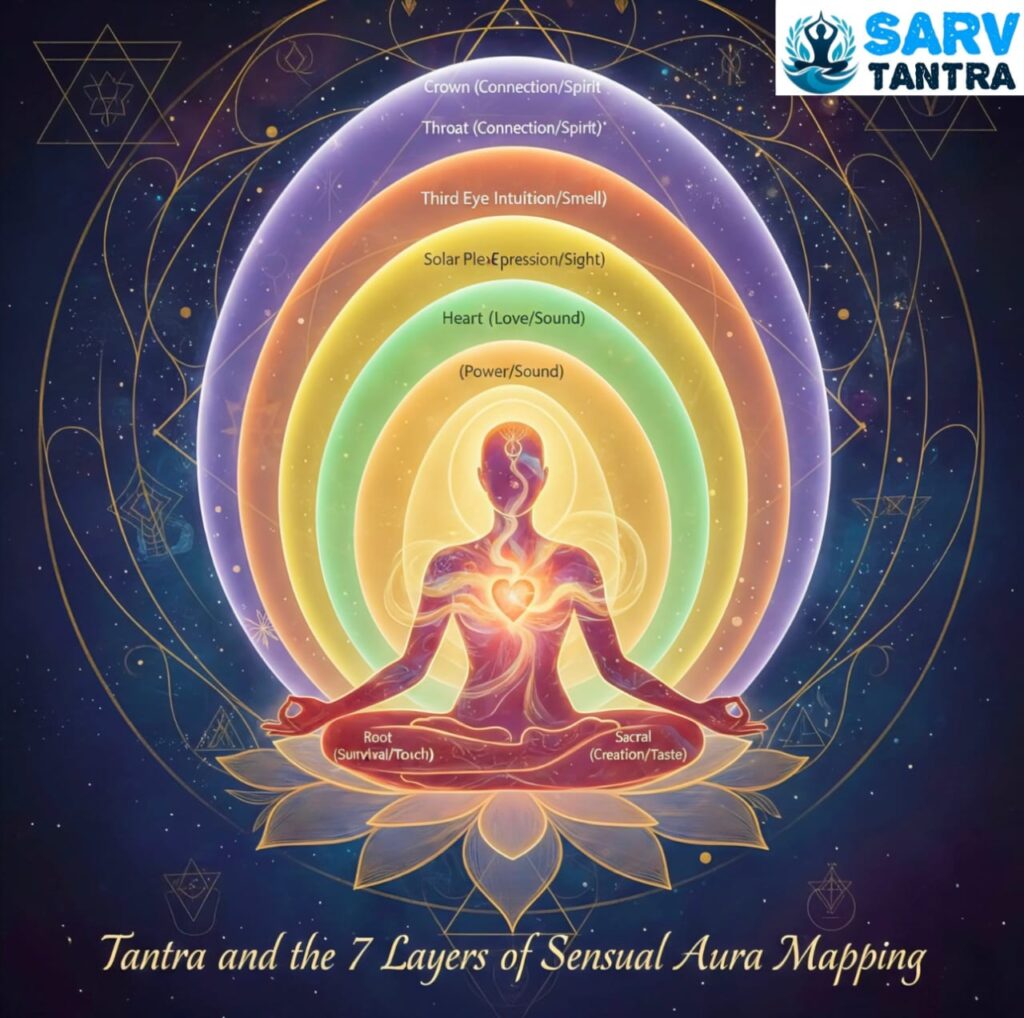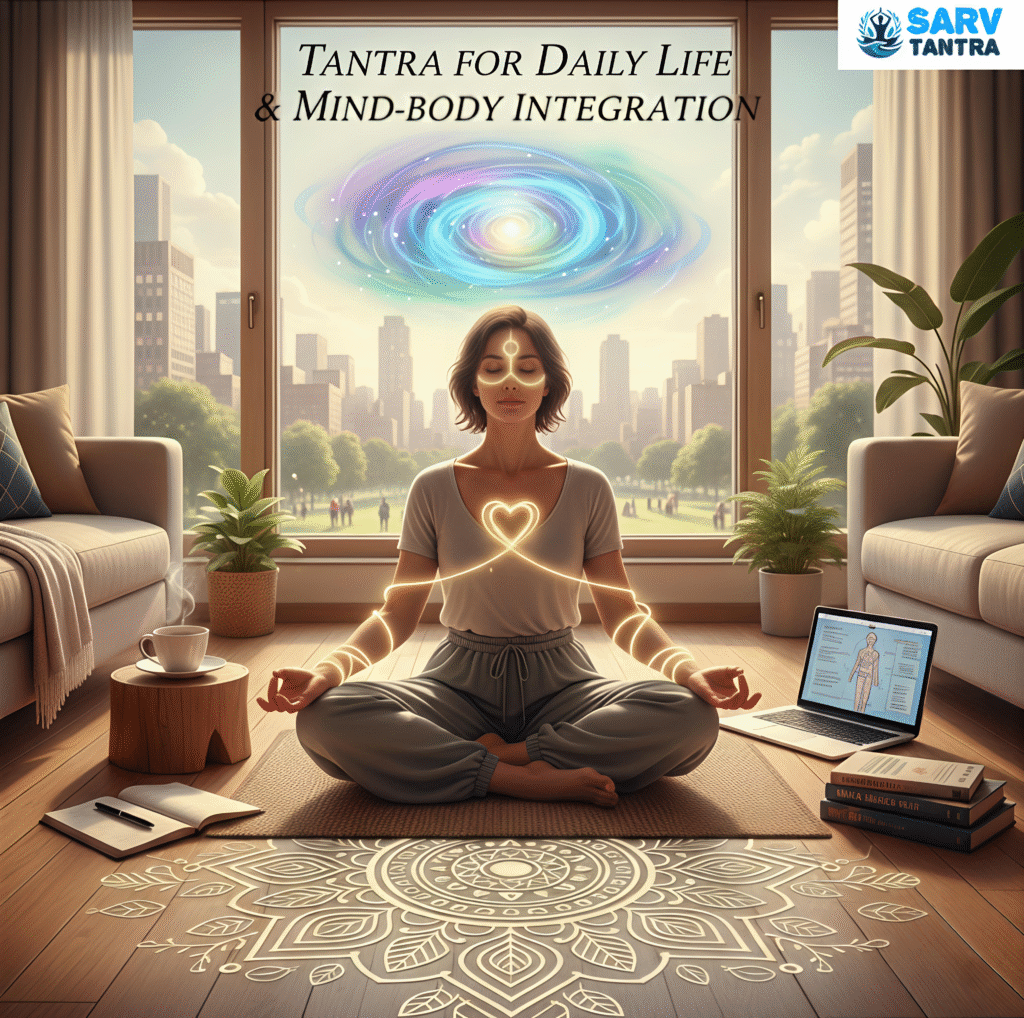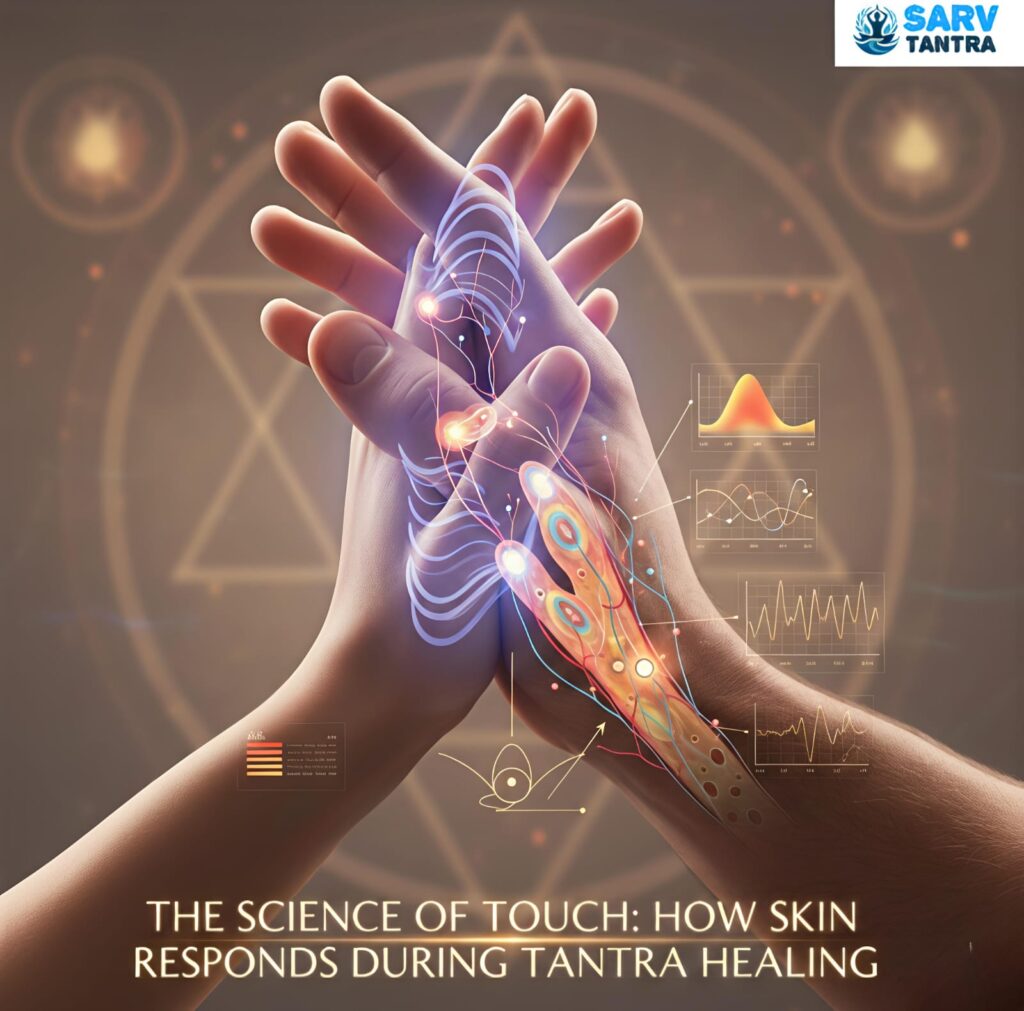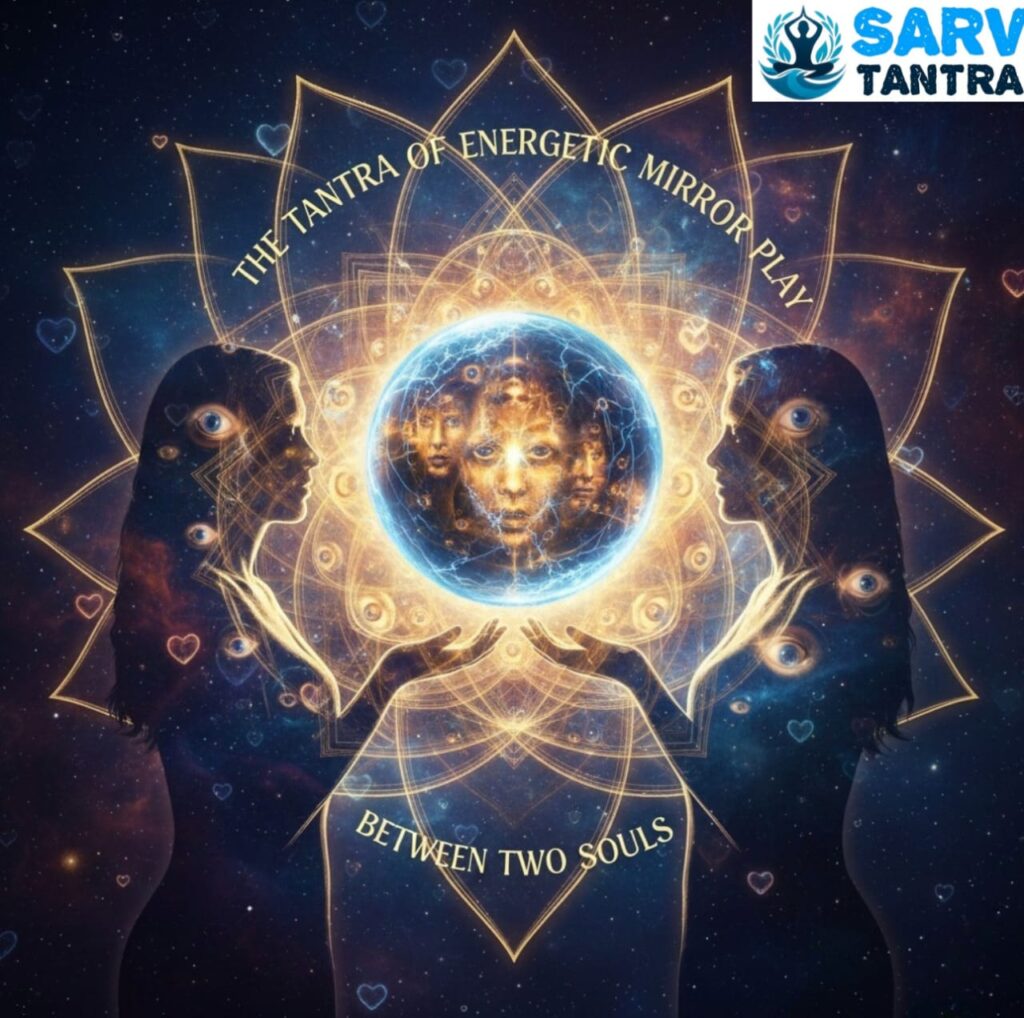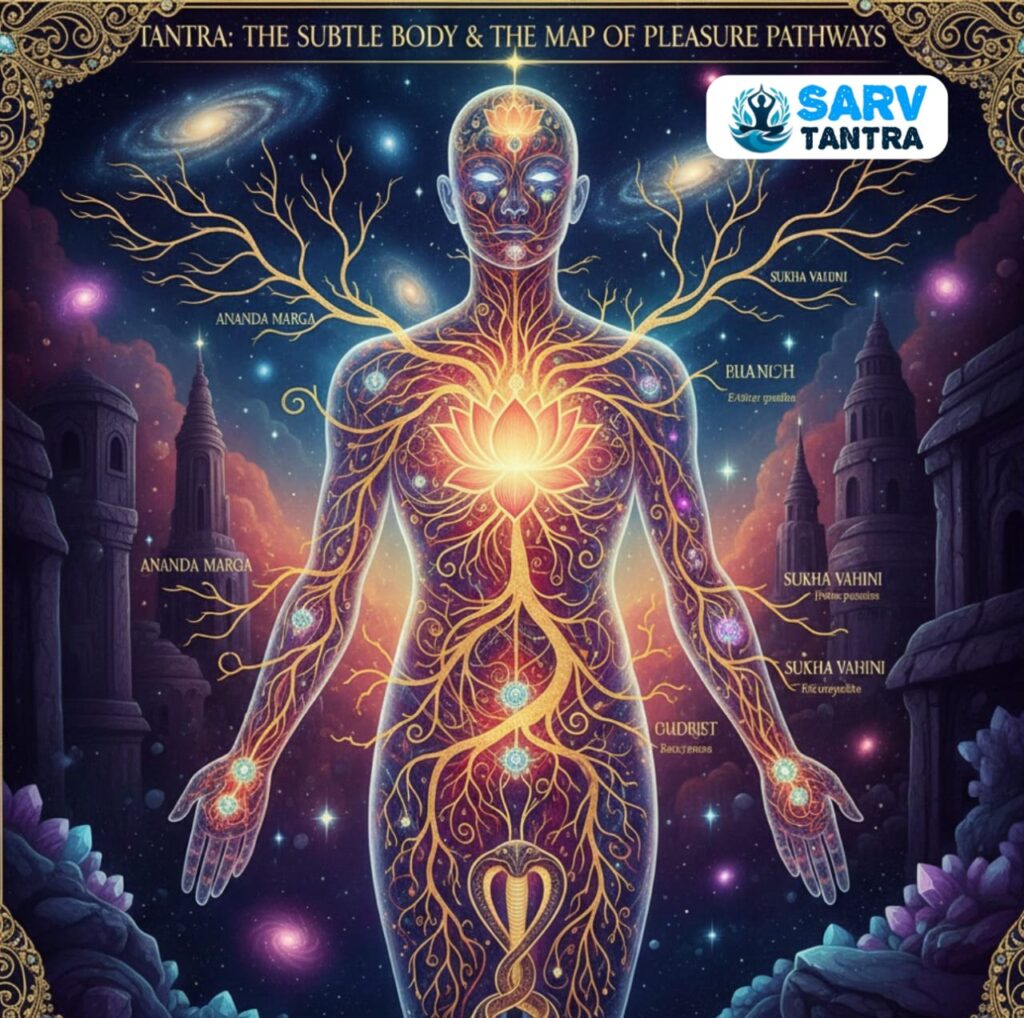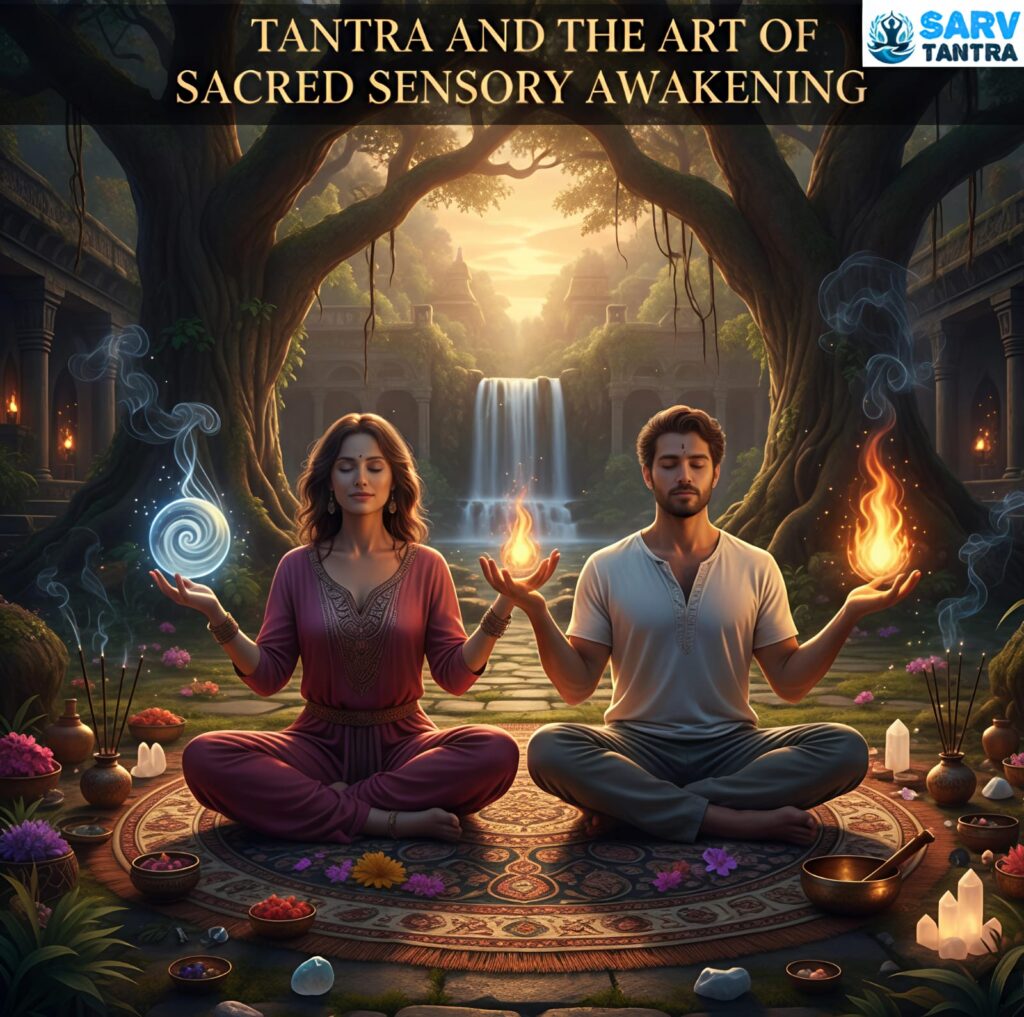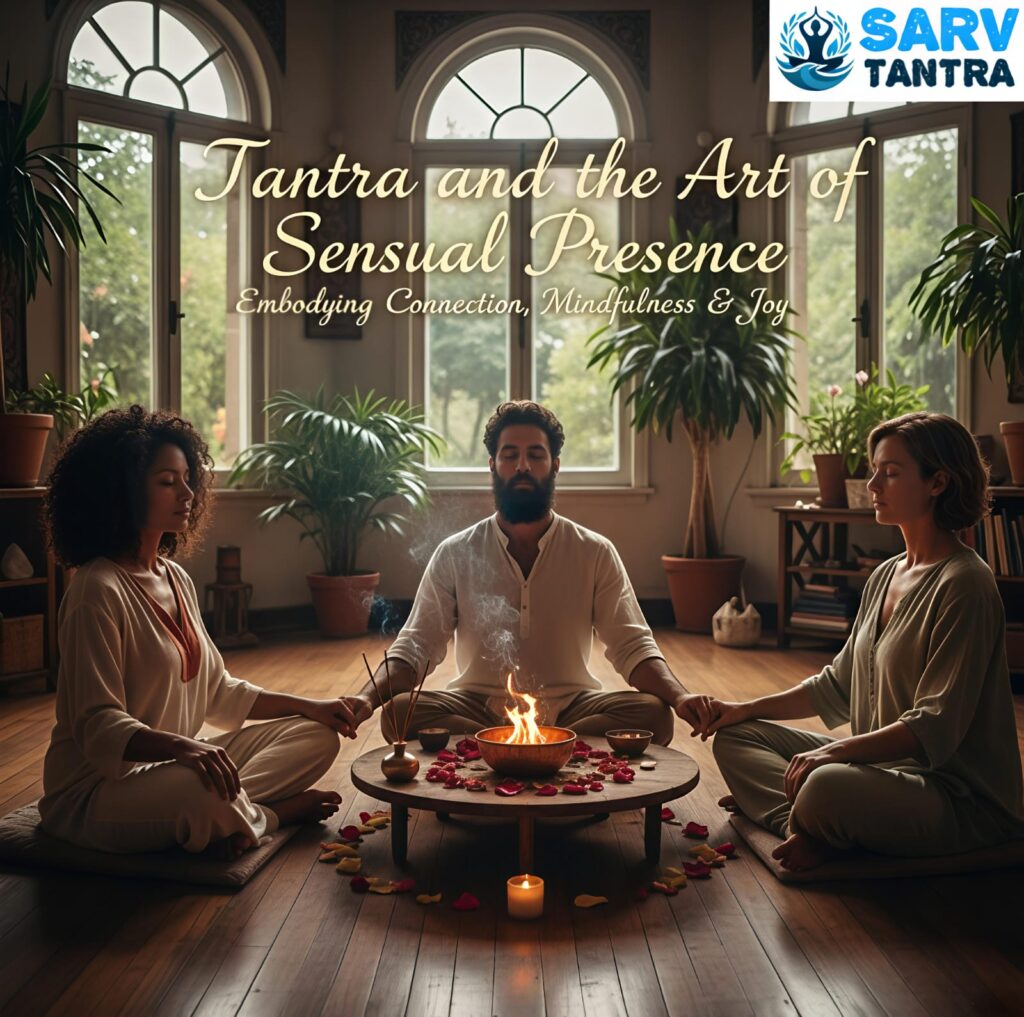Tantra and the Art of Presence
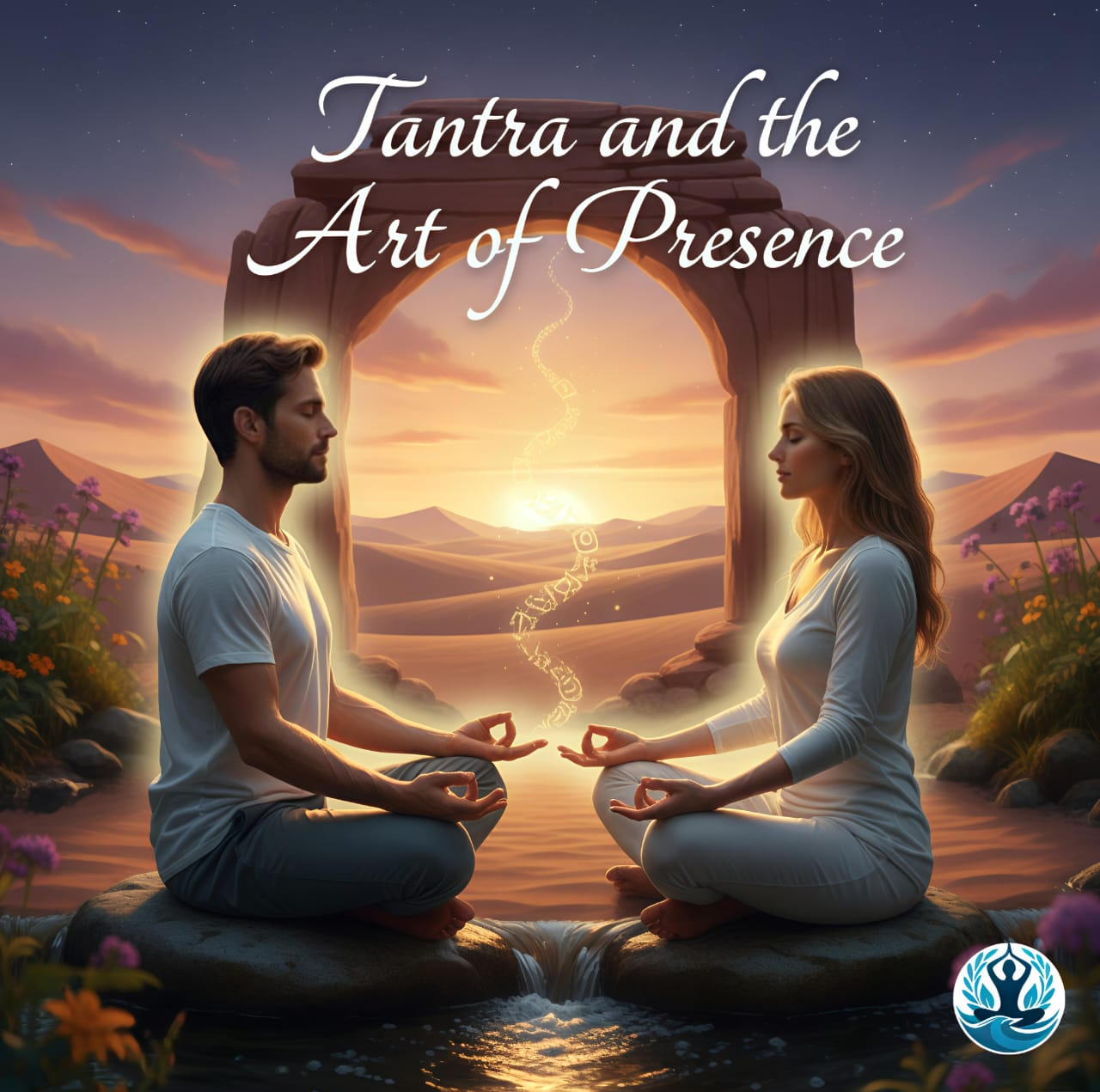
Introduction
In the fast-paced rhythm of modern life, the art of presence has almost vanished. People are constantly distracted—by devices, thoughts, and worries about the future or regrets from the past. Tantra, however, offers a profound path to return to the moment. It teaches that the essence of life can only be experienced in the now. Through awareness, meditation, and embodied consciousness, Tantra reveals that presence is not just mindfulness but a living, breathing experience of divine energy. This topic explores how Tantra transforms the ordinary act of being present into a spiritual art that awakens the soul, deepens relationships, and connects us to universal consciousness.
The Meaning of Presence in Tantra
Presence, in the Tantric sense, is not mere attention or focus—it is a state of total immersion in life. It is being aware of one’s breath, sensations, thoughts, and surroundings without resistance or attachment. Tantra views presence as the gateway to experiencing the divine within the physical world. Every moment, no matter how mundane, carries sacred potential if one is fully present. Unlike many spiritual paths that seek transcendence or escape, Tantra invites practitioners to dive deeper into the here and now, discovering divinity through embodied awareness.
Presence in Tantra is not limited to meditation sessions. It extends to every activity—eating, walking, speaking, loving, or even resting. It is a state where the mind becomes silent, and awareness takes the forefront. This awareness allows life to be experienced with intensity, sensitivity, and clarity. Through this, Tantra teaches that liberation is not found elsewhere but here, in the immediacy of presence.
The Mind and the Loss of Presence
The greatest obstacle to presence is the restless mind. The mind constantly oscillates between the past and the future, rarely settling in the present. Tantra identifies this as the root of suffering. The mind creates illusions—memories, fears, and desires—that pull one away from the richness of now. This constant inner noise prevents the flow of consciousness from being fully experienced.
Tantra does not demand suppression of the mind but understanding of it. The Tantric seeker observes thoughts as they arise, without judgment, without clinging. In this observation, thoughts lose their grip, and the gap between them widens. In that gap lies presence. It is a space of stillness and freedom where the self and the world are no longer separate.
Tantric Practices for Cultivating Presence
Tantra provides a wide range of tools to awaken and sustain presence. These practices work on both the physical and energetic levels to bring the practitioner back into alignment with the present moment.
Breath Awareness: The breath is central in Tantra. By becoming conscious of one’s inhalation and exhalation, awareness naturally returns to the body. Breathing deeply and slowly helps ground the mind and awaken energy within.
Meditative Observation: A key Tantric method is simply watching—watching the body, the sensations, the flow of thoughts. Through this observation, identification with the mind dissolves, and a clear awareness emerges.
Sacred Movement: Many Tantric traditions use dance, yoga, and movement as meditations in motion. Through rhythmic movement, one can enter a trance-like state where the mind disappears, and presence becomes effortless.
Ritual and Sensual Awareness: Tantra considers the senses as pathways to the divine. By fully tasting food, feeling the texture of the air, or engaging consciously in touch, one learns to experience the sacredness of existence. Every sense becomes a doorway to presence when experienced with full awareness.
Mantra and Sound: Sound vibrations have a powerful influence on consciousness. Chanting mantras or focusing on sacred sounds can anchor awareness in the moment, expanding the sense of presence beyond the physical into the energetic realm.
Presence in Relationships
Tantra emphasizes that presence is most deeply tested and revealed in relationships. To be present with another person means to truly see, hear, and feel them without projection or expectation. It means responding from awareness rather than reacting from habit or emotion.
In Tantric relationships, presence transforms love into a sacred experience. When two beings meet in full awareness, without masks or defenses, their connection becomes a form of meditation. This presence allows deep intimacy to unfold—not just physical but emotional and spiritual. The lovers mirror each other’s consciousness, helping each other awaken.
Presence also dissolves conflict. Most disagreements arise when people are lost in mental stories rather than in the truth of the moment. By returning to presence, communication becomes compassionate and clear. The relationship becomes a living temple of growth and understanding.
Presence and the Body
In Tantra, the body is not a limitation but a vehicle for awakening. Presence begins with embodiment—feeling the body fully, without judgment or resistance. Every sensation, from the warmth of the skin to the rhythm of the heart, becomes an expression of life’s divine energy.
Tantra teaches that by inhabiting the body completely, we come closer to our true essence. When one is aware of the body’s movements, tensions, and energies, a natural harmony arises. The body becomes a mirror reflecting the soul’s state. Through body awareness practices like yoga, breathwork, and subtle energy meditation, one learns to balance and expand presence throughout the body.
Presence and Sexual Energy
Sexual energy, in Tantra, is one of the most powerful forces that can awaken presence. Most people lose awareness during sexual activity, becoming driven by desire and instinct. Tantra transforms this act into a conscious ritual. When approached with presence, sexuality becomes meditation.
By slowing down, breathing deeply, and maintaining awareness, sexual union turns into a sacred dance of energy. Both partners remain conscious of every touch, every sensation, and every emotion. This awareness expands the experience from physical pleasure to spiritual ecstasy. It becomes a means of connecting with the divine energy that pervades all existence. Presence during intimacy dissolves the illusion of separation, merging the individual into universal consciousness.
Obstacles on the Path of Presence
The journey toward constant presence is not without challenges. The mind resists silence, and habitual patterns pull one back into unconsciousness. Distractions, emotional reactions, and over-identification with the ego are common obstacles.
Tantra advises patience and self-compassion. The practice is not about achieving perfection but about returning again and again to awareness. Every time the mind wanders, the practitioner gently brings it back. Over time, presence becomes more stable, transforming from a practice into a natural state of being.
Fear can also arise, as the mind perceives presence as a threat to its dominance. In silence, the false sense of self begins to dissolve. But this dissolution is liberation, not loss. Tantra encourages surrender—trusting that beyond the mind’s control lies infinite peace and power.
The Transformative Power of Presence
Living with presence transforms every aspect of life. It dissolves anxiety about the future and regret about the past. It brings clarity, creativity, and peace. The senses awaken, relationships deepen, and life regains its sacred quality.
Presence also aligns the individual with the natural flow of existence. Instead of resisting life, one moves harmoniously with it. This surrender leads to effortless living—a state where actions arise spontaneously from awareness rather than compulsion.
In Tantric understanding, presence is enlightenment in daily life. It is not a distant goal but a continuous awakening in every breath, every glance, every moment.
Presence and the Divine
Ultimately, presence is the realization of the divine. When one is fully present, the separation between the self and the universe disappears. Every moment becomes a manifestation of divine consciousness. The ordinary becomes extraordinary because it is seen through the eyes of awareness.
Tantra teaches that God is not somewhere else; divinity is here, now, in every heartbeat, in every particle of existence. Presence opens the door to this realization. It is the moment when the seeker and the sought become one.
Conclusion
The art of presence in Tantra is the art of living fully. It invites us to return from the illusions of the mind to the sacred reality of the now. Through awareness, the seeker discovers that the divine is not hidden but ever-present in life itself.
Tantra teaches that to be present is to be free—to love without fear, to live without separation, and to experience every breath as a moment of awakening. The journey of Tantra is, ultimately, a return home—to the eternal presence that we truly are.




